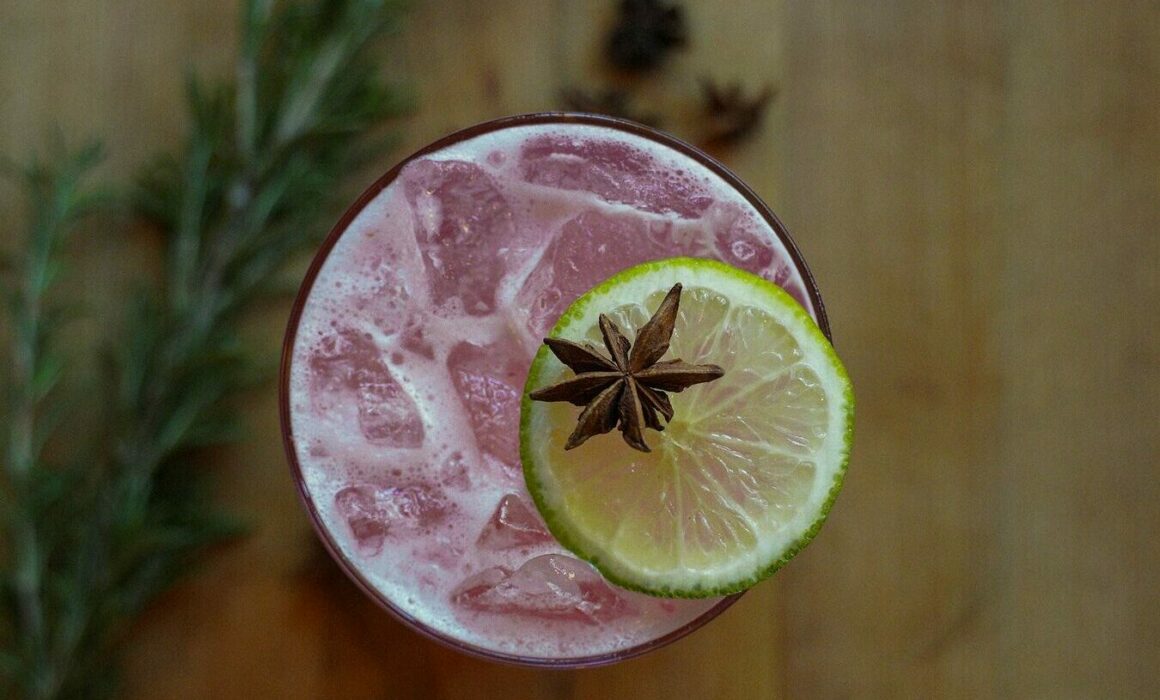Aperitifs and Happy Hours
By Virginie Boone
Many of the world’s leading wine producing countries enjoy a healthy culture of aperitifs, a lovely pause before mealtime to gather around snacks and a beverage of choice, often wine, and also wine-based drinks like vermouth or spritzes.
This is especially true in places like France, Italy and Spain, and here and there in the United States, though we could beef up our abilities to take a pause in the early evening rather than continue working, as we are often more apt to do.
“Woven into the fabric of daily life, of public and private celebrations, and of café and restaurant culture, l’apéritif is more than a drink before a meal,” wrote Northern California-based author Georgeanne Brennan in Aperitif, her definitive book on the subject, particularly as it exists in France.
“It is a national custom that, by deliberately setting apart time to share a drink and to socialize, engenders civility and conviviality,” she continues. “In what has become an almost overwhelmingly frenzied life pace… l’apéritif has a special significance. The thirty minutes to an hour in which family, friends, acquaintances and colleagues make a transition from the work world to the personal while sipping a beverage, all the while engaged in conversation, are welcome moments.”
Intended to stimulate the appetite, not overwhelm, traditional aperitif drinks include still and sparkling wines, fortified wines and wine-based mixtures, as well as herb and spice-based alcohols, le whiskey and fruit-based drinks with or without alcohol. The wines enjoyed are often regionally based, like rosé in Provence or Champagne, well, everywhere.
In Italy, an herb and spice-infused offering of Campari (with or without soda) would be common, as would its cousin, Aperol, which is equally beloved in the U.S. in the always-popular Aperol Spritz. Spain is the land of vermouth – a fortified wine also blended with herbs and spices. Vermouths can be red or white and dry or sweet, enjoyed on its own or over ice, with a twist of citrus. Sangria is another oft-enjoyed aperitif.
Here in the U.S., Happy Hour is a younger though related ritual to Europe’s culture of l’apéritif, a tradition that can be traced to the Navy and the start of World War I, when, according to Merriam-Webster, “the Navy allowed its sailors a ‘happy hour’ during which they could engage in various diversions, such as watching wrestling and boxing matches between crewmen or viewing ‘moving pictures’.”
Alas, alcohol was probably not in the mix at those happy hours, since the Navy banned alcohol on ship. Still, there is speculation that sailors helped introduce the term when back on land.
“It seems possible that the sailors’ returning home popularized the term, perhaps when recounting some of the more memorable events that occurred during those periods of diversion while having a few beverages at the local watering hole,” Merriam-Webster says. “How it came to include afterwork food and drink specials during the mid-20th century isn’t clear.”
Happy Hours with alcohol took off during Prohibition, of course, when speakeasies would host both happy hours and cocktail hours, so people could enjoy a drink before going out for a dry dinner.
“The tradition of drinking collectively, and with certain, er, aggressive purpose before dinnertime had certainly coalesced into something habitual,” wrote Emily Bell in a story about Happy Hour’s origins in VinePair.
“The term ‘happy hour’ stumbled into its unofficial ‘discount drinks’ meaning somewhere in the late ‘40s or early ‘50s, no doubt owing to some post WWII-revelry and the ‘normalization’ of work-home life for newly resettled Americans.”
Oxford English Dictionary contributor Barry Popick’s history of happy hour says the term “appears to have originated in California and is cited in print from 1951.” The term was said to have been finally popularized in a Saturday Evening Post story from 1959 called “The Men Who Chase Missiles,” detailing its link to the Navy.
Today, there are happy hours hosted at restaurants (Stark’s Steak and Seafood’s Stork Club is regularly named best happy hour in Sonoma County), cocktail bars (Lo & Behold is always great) and wine bars (Region hosts weekly winemaker happy hours; tonight’s features Williams Selyem). Augie’s French in Santa Rosa does a fantastic job of combining French aperitif culture with the American happy hour.
So, whether it’s a Kir Royale (sparkling wine with crème de cassis) or a glass of Sonoma County white, red or rosé, remember to take a pause, gather with friends and engage in civility and conviviality. Centuries of culture reinforce that you do.
Image from: Stark’s Steak and Seafood


